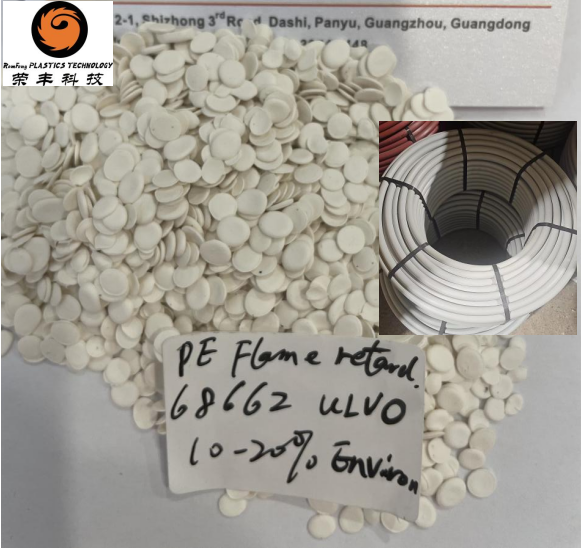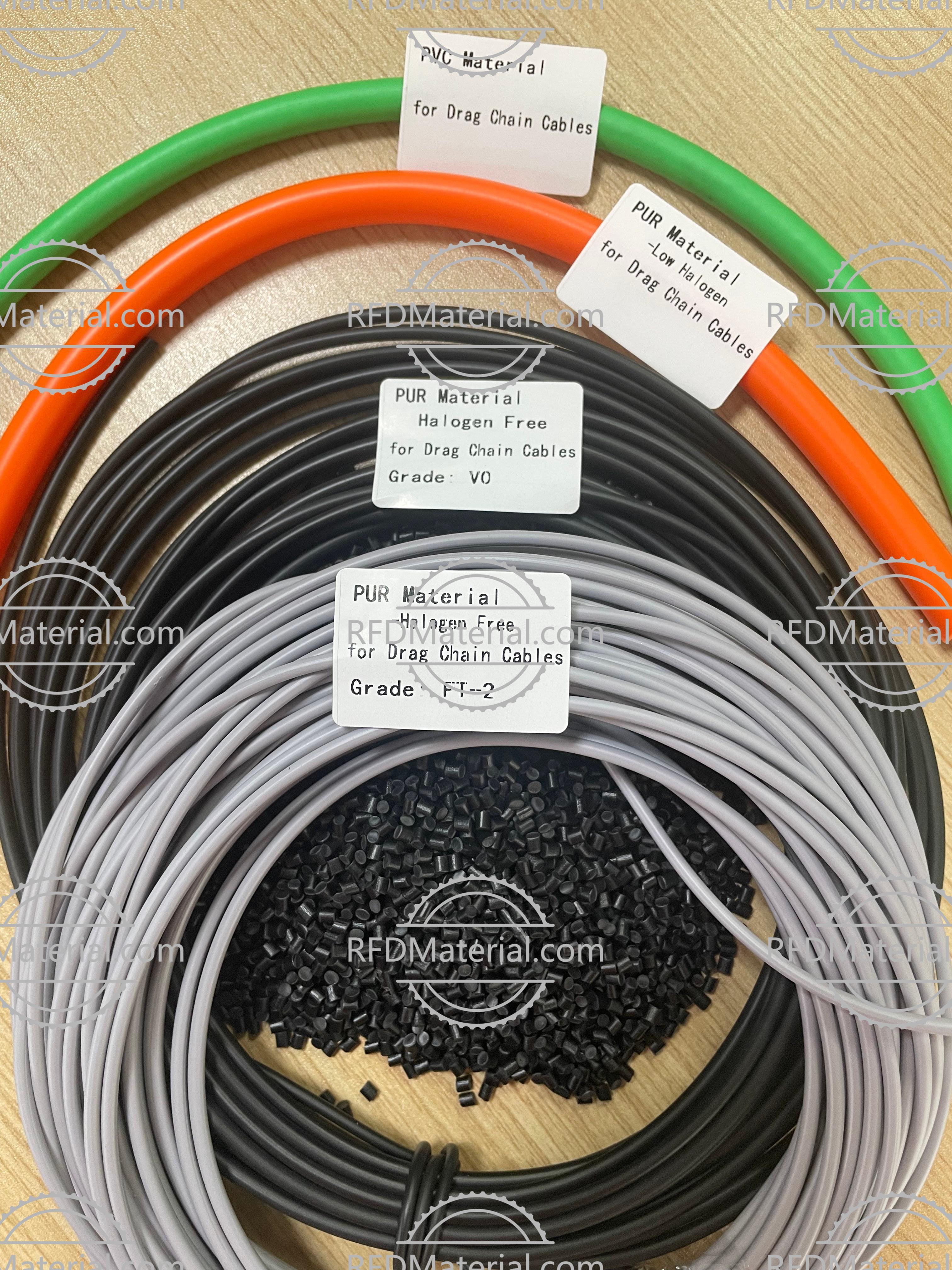Exploring the Advantages of Wheat Straw Bioplastic Compounds in Sustainable Manufacturing
Release time:
2025-10-12 09:50
Source:
Exploring the Advantages of Wheat Straw Bioplastic Compounds in Sustainable Manufacturing
Table of Contents
1. Introduction to Bioplastics and Their Importance
2. What Are Wheat Straw Bioplastic Compounds?
3. The Composition of Wheat Straw Bioplastics
4. Key Benefits of Wheat Straw Bioplastic Compounds
4.1. Environmental Sustainability
4.2. Resource Efficiency and Cost-Effectiveness
4.3. Biodegradability and Compostability
4.4. Versatility in Applications
5. Challenges in Implementing Wheat Straw Bioplastics
6. The Future of Wheat Straw Bioplastic Compounds in Manufacturing
7. Real-World Applications of Wheat Straw Bioplastics
8. FAQs About Wheat Straw Bioplastics
9. Conclusion
1. Introduction to Bioplastics and Their Importance
As the world grapples with environmental challenges, the demand for sustainable materials has surged. **Bioplastics**, derived from renewable sources, offer a promising alternative to conventional plastics. By exploring the benefits of wheat straw bioplastic compounds, we can better understand their role in promoting eco-friendly manufacturing practices.
2. What Are Wheat Straw Bioplastic Compounds?
Wheat straw bioplastic compounds are innovative materials made from the agricultural byproduct of wheat harvesting. Rather than being discarded or burned, wheat straw is transformed into bioplastics through various processes. This not only minimizes waste but also leverages a renewable resource, positioning wheat straw as a viable option in the growing bioplastics market.
3. The Composition of Wheat Straw Bioplastics
The primary ingredients in wheat straw bioplastic compounds include **cellulose**, **hemicellulose**, and **lignin**. These natural polymers undergo a process of extraction and modification to create bioplastics with properties similar to traditional plastics. The unique combination of these components imparts strength, flexibility, and durability to wheat straw bioplastics, making them suitable for various applications.
4. Key Benefits of Wheat Straw Bioplastic Compounds
4.1. Environmental Sustainability
One of the most significant advantages of wheat straw bioplastic compounds is their low environmental impact. By utilizing agricultural waste, these bioplastics reduce reliance on fossil fuels and decrease greenhouse gas emissions. This contributes to a more sustainable manufacturing process.
4.2. Resource Efficiency and Cost-Effectiveness
Wheat straw is abundant and inexpensive, making it a cost-effective raw material for bioplastic production. This resource efficiency not only lowers production costs but also supports local farmers by providing them with an additional revenue stream.
4.3. Biodegradability and Compostability
Unlike conventional plastics, which can take centuries to decompose, wheat straw bioplastics are **biodegradable** and **compostable**. This means they can break down naturally without leaving harmful residues, contributing to a circular economy.
4.4. Versatility in Applications
Wheat straw bioplastics can be molded into various shapes and forms, making them suitable for multiple applications. From packaging materials to automotive components, the versatility of these bioplastics opens doors to innovative manufacturing solutions.
5. Challenges in Implementing Wheat Straw Bioplastics
While wheat straw bioplastics present numerous benefits, several challenges must be addressed for widespread adoption. These include:
- **Processing Techniques**: Developing efficient methods to convert wheat straw into bioplastics that retain desirable properties can be complex.
- **Market Acceptance**: Consumers and manufacturers may need time to adjust to new materials, requiring educational initiatives to promote their benefits.
- **Regulatory Frameworks**: Establishing clear regulations regarding bioplastics is essential for ensuring safety and standardization.
6. The Future of Wheat Straw Bioplastic Compounds in Manufacturing
As technology advances and the demand for sustainable materials grows, the future of wheat straw bioplastic compounds looks promising. Innovations in processing techniques and formulations will likely enhance the performance of these bioplastics, making them even more competitive with traditional plastics. Moreover, increasing awareness of environmental issues will drive both consumer and manufacturer interest in eco-friendly alternatives.
7. Real-World Applications of Wheat Straw Bioplastics
Wheat straw bioplastic compounds have found applications across various industries, including:
- **Packaging**: Biodegradable packaging solutions for food and consumer goods.
- **Agricultural Films**: Mulch films that help retain soil moisture while decomposing naturally.
- **Consumer Products**: Eco-friendly utensils, containers, and even personal care items.
These applications underscore the potential of wheat straw bioplastics to replace traditional plastics in diverse sectors.
8. FAQs About Wheat Straw Bioplastics
What are bioplastics made of?
Bioplastics can be made from various renewable resources, including starches, proteins, and plant fibers like wheat straw.
Are wheat straw bioplastics safe for food contact?
Yes, many wheat straw bioplastics meet safety standards for food contact, but it is essential to check specifications and certifications.
How long does it take for wheat straw bioplastics to decompose?
Wheat straw bioplastics can decompose within months under suitable conditions, making them much more environmentally friendly than traditional plastics.
Can wheat straw bioplastics be recycled?
While they are biodegradable, the recycling of wheat straw bioplastics is still an emerging area. Composting remains the most effective waste management option.
What industries can benefit from wheat straw bioplastics?
Various industries, including packaging, agriculture, and consumer goods, can benefit significantly from incorporating wheat straw bioplastics into their product lines.
9. Conclusion
Wheat straw bioplastic compounds offer an exciting solution for sustainable manufacturing, harnessing agricultural waste to create eco-friendly materials. With their numerous benefits, including environmental sustainability, cost-effectiveness, and versatility, these bioplastics are poised to play a vital role in the future of manufacturing. As we continue to seek sustainable alternatives to traditional plastics, wheat straw bioplastics present an opportunity to lead the charge toward a greener, more responsible manufacturing landscape.
wheat straw bioplastic compound








